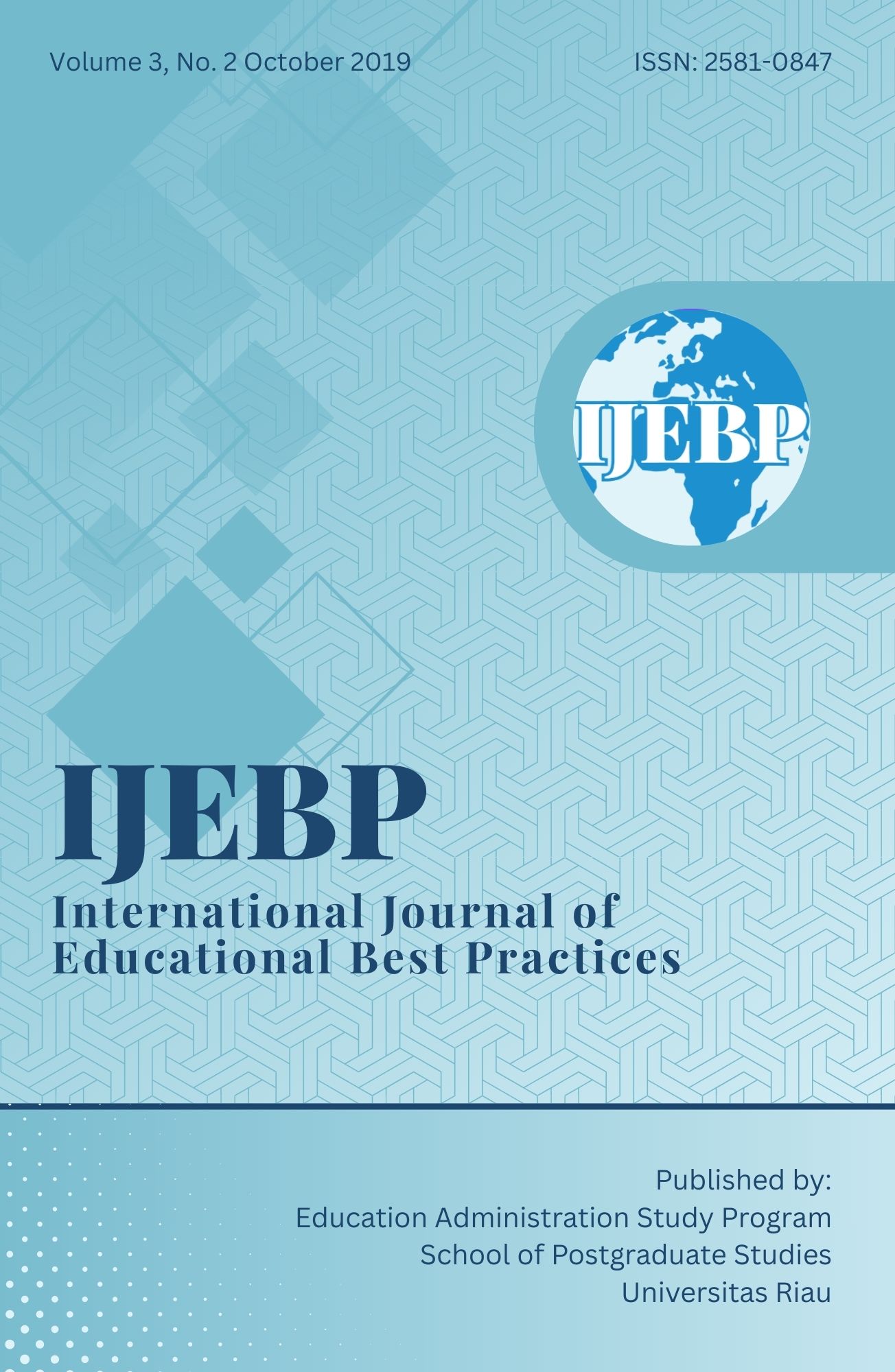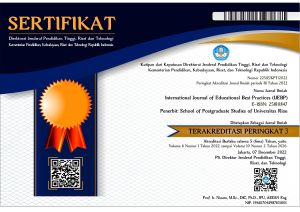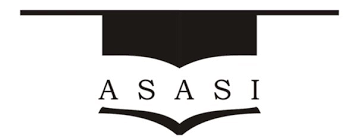THE CHARACTERISTICS OF ASSESSMENT INSTRUMENT FOR CREATIVE THINKING ABILITY ON CRUDE OIL TOPIC
DOI:
https://doi.org/10.31258/ijebp.3.2.75-84Keywords:
Assessment Instrument, Creative Thinking Ability, Crude OilAbstract
The development of globalization era also has an impact on the change in the world of education. The education which is demanded in the learning process is 21st-century learning. One of the important aspects of 21st century learning is requiring the students to have the ability to think creatively. Creative thinking ability of the students in the learning process is not apart from the teachers' role. The description of students' creative thinking ability is measured by conducting an assessment. This research aims to know the characteristics of assessment instruments for creative thinking on crude oil topic (construct validity, reliability, the level of difficulty, and question differentiation). This research used Research and Development (R&D) method which referred to Borg and Gall model. The technique of selecting the samples was Purposive Random Sampling. The research samples were 80 students of Grade XII Senior High School in Pekanbaru City. The technique of data analysis used SPSS Program 24.0. The results of the validity construct for each question is > 0,208 with 18 questions are stated valid, the reliability test is 0,846. The percentage level of difficulty obtained 22,222% questions are categorized into easy, 61,111% questions are medium, and 16,667% questions are categorized into difficult. The percentage of question differentiation obtained 16,667% questions are good, 66,667% is fair, and 11,111% is bad.
References
Abdul Rahman, dan Ansari Saleh Ahmar. (2017). Problem Posing of High School Mathematics Student’s Based on Their Cognitive Style. Educational Process: International Journal, 6(1), 7-23.
Ali Hamzah & Muhlisrairi. (2014). Perencanaan dan Strategi Pembelajaran Matematika. Raja Wali Press. Jakarta.
Eka Yuli Sari Asmawati, Undang Rosidin, Abdurrahman. (2018). Effectivity of Assessment Instrument Model Creative Problem Solving on Physics Learning Towards Students’ Critical Thinking Ability.Journal of Physics Education, 6(2), 2442-4838.
Daryanto and Karim. S. (2016). 21st Century Learning. Yogyakarta: PT Gava Media. Dass, R. (2014). Literature and 21 st Century Learner, Jurnal Procedia Social and Behavior ScienceTaylor’s University, 123(14), 289-298.
Demir, S. and Sahin, F. (2014). Assessment of Prospective Science Teachers' metacognition and Creativity perceptions and a scientific toys in terms of scientific creativity. Procedia- Social and Behavior 152, 686-691.
Dian Agustin, Nina Kadaritna, Lisa Tania. (2015). Developing Knowledge Assessment Instrument on Topic Theory of Atom Bohr and Quantum Mechanics. Journal of Education and Chemistry Learning, 4(1), 209-221.
Doctor, J. dan Heller, K. (2009). Robust Assessment Instrument for Student Problem Solving. Proceeding the NARST 2009 Annual Meeting, Minnesota university.
Harry Firman. (2013). Chemistry Learning Evaluation. Bandung : Universitas Pendidikan Indonesia Press.
Iqbal Habiby. (2016). Developing Instruments of Creative Thinking Ability on Topic Acid and Alkali Arrhenius. Journal of Chemistry Learning,12(4): 64-71.
Maria Erna, R. Usman Rery & Wiji Astuti. (2018). Peningkatan Kemampuan Berpikir Kritis Peserta Didik pada Materi Termokimia di SMA Pekanbaru Melalui Penerapan Strategi Pembelajaran POGIL. Jurnal Riset Pendidikan Kimia, 8(1) :17-27.
Muslimin Ibrahim, Rudiana Agustini dan Tilal Afian. (2014). Pengembangan Perangkat Pembelajaran Sains Berorientasi Guided Discovery Untuk Mengajarkan Kemampuan Berpikir Kreatif Dan Penguasaan onsep.Jurnal Pendidikan Sains Pascasarjana Universitas Negeri Surabaya, 4(1)
Nana Sudjana. (2011). Assessment for Teaching Learning Achievement. Bandung : Remaja Rosdakarya.
Pitri Rahma Dewi. (2019). Pengembangan Instrumen Asesmen Untuk Mengukur Kemampuan Berpikir Kreatif Siswa pada materi Asam Basa. Tesis.
Rasyid, H. danMansur. (2007). Achievement Assessment. Bandung : Wacana Prima.
Rotterham, A.J and Willingham, D. (2009). 21 st Century Skill: The Chaleenges Ahead. Journal Educational Leadership, 67(1), 16-21.
Sugiyono. (2012).Educational Research Method Quantitative, Qualitative, and R&D Approach, Bandung : Alfabeta.
Suharsimi Arikunto. (2010). The Basics of Educational Evaluation. Jakarta : Bumi Aksara.
Sunardi dan Sujadi, I. (2017). Sumber Belajar Calon Peserta Program PLPG Penilaian Dan Evaluasi Pembelajaran. Kementerian Pendidikan Dan Kebudayaan Direktorat Jenderal Guru dan Tenaga Kependidikan.
Toblas, J., Wales., Joseph., Ekki, S., & Suharti. (2016). Towards Better Education Quality. Indonesia’s Promising Path. Development Progress Case Study Summary. London. Overseas Development Institute.
Ulul Faizah, Agus Prasetyo Kurniawan dan Suparto. (2018). Profil Kemampuan Berpikir Divergen Siswa dalam Menyelesaikan Masalah Open Ended. Jurnal Pendidikan Matematika, 43 (3), 44-52
Widoyoko. (2012). Technique of Making Research Instruments. Yogyakarta : Pustaka Belajar.





